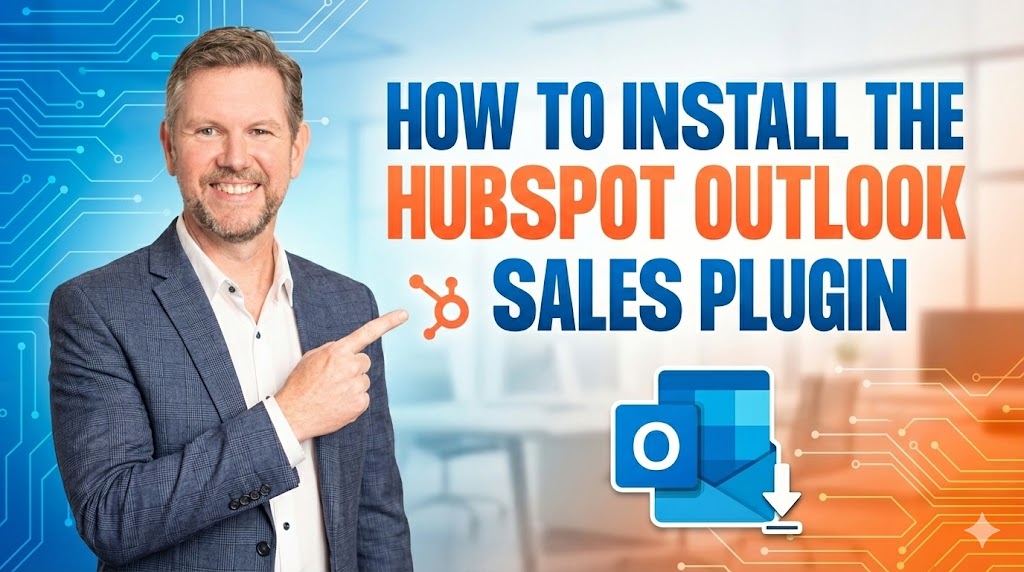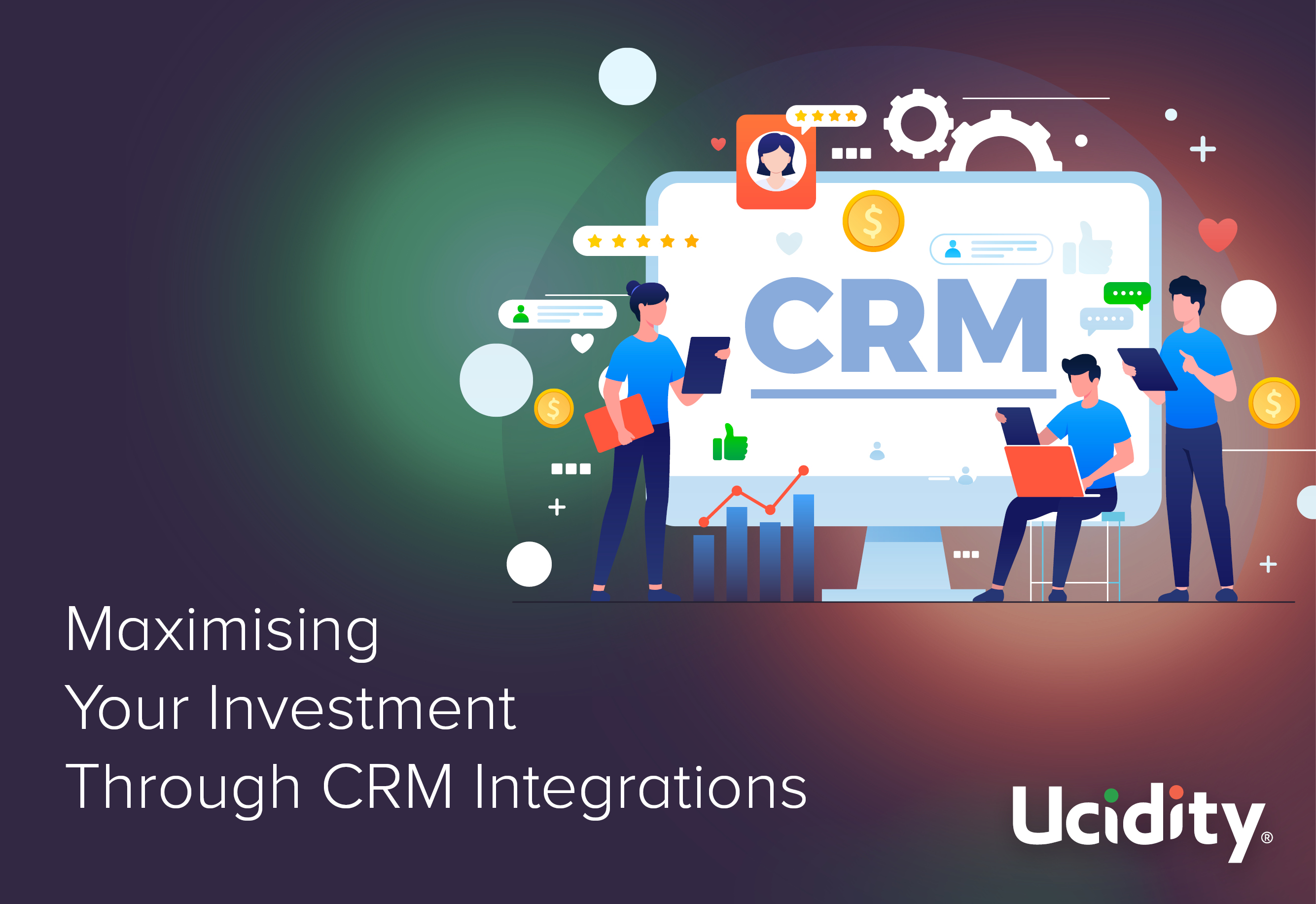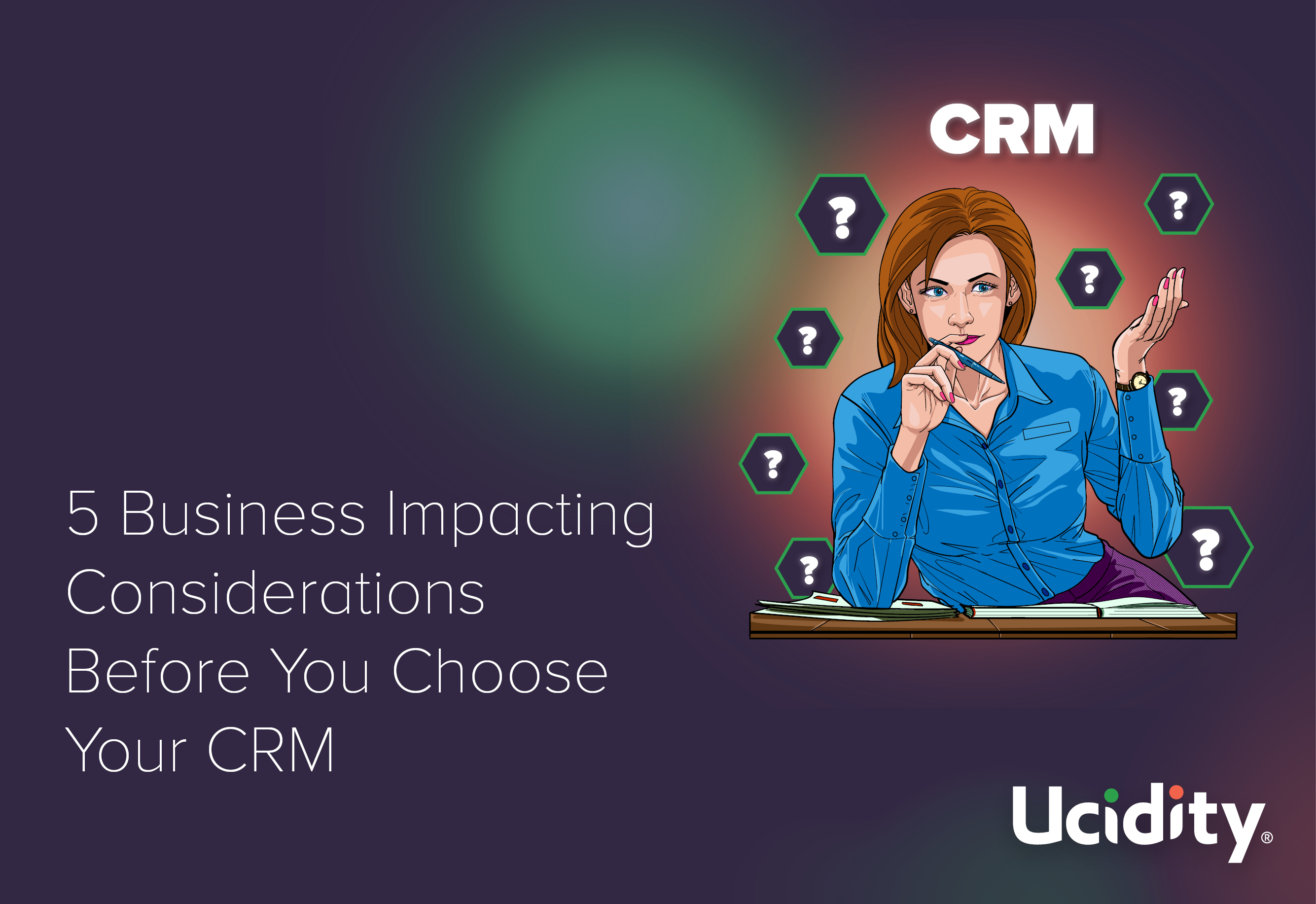
Content Marketing,Content Marketing,Content Marketing | 8 min read
Did you know that a CRM can substantially increase employee happiness, increase sales and make decision making far easier?
Most businesses use a CRM as a glorified contact database - and never tap into it its fullest potential.
In this article, we'll share four key metrics, to help you gauge whether your CRM is set up correctly.
One of the main reasons why people don’t use it is that they may not have been made aware of what it can do. And if they were, it probably wasn’t set up correctly, and their needs weren't factored in.
Naturally, when people don’t know “WIIFM” (What's In It For Me), they will not even touch it.
In a nutshell, there are two ways by which you can set up a CRM for your business. The first way is by setting it up yourself and organically growing the CRM. Organically growing a CRM means building it as the need arises and waiting as the situation calls for a “fix” or “add-in” to your CRM.
We suppose this could work, but it’s not the ideal way.
Example: You’ve input the names and numbers of your customers. But, you didn't realise that a CRM had email integration capabilities which reduces the manual work of tracking all emails sent to the client and finding out who the last from your team was to speak with your client.
The other way (most ideal) is to get a professional CRM expert or solution provider to set it up for you, ensuring you use your CRM to its maximum capacity. Keep in mind that someone who has used a CRM in the past is different from someone who knows how to strategise in setting up a CRM.
We recommend engaging with solution providers because they can get your CRM going and include the planning, training, testing and troubleshooting bits of the puzzle.
However, remember that convenience and expertise comes with a cost.
Setting up a CRM on your own has its pros and cons-with most of the pros falling into cost savings. You'd probably enjoy building a CRM if you're a DIY guy. The downside is that you might miss including all the other factors and fail to consider the needs of different business units.
One question remains whether you set it up on your own or asked a professional to do so.
“How do you know if you set it up correctly?”

1. Was the CRM planned before you implemented it?
Did you *carefully* plan the things that revolve around setting up your CRM?
Many businesses decide to have a CRM because they rely on its excellent storage capacity for customer information, which will allow them to keep things smooth sailing. And to most, that’s all that a CRM can do-store names and numbers. This is also why instead of using a CRM, businesses result to using a spreadsheet, thinking that eliminating a CRM could do them good.
The power of a CRM lies in the ability to pull information from contacts and link them to different applications and platforms. These are a few platforms that you can link your CRM to:
- Website
- Social Media
- Sales platforms
- Reporting platforms
- Project Management Tools
Many of us have been used to spreadsheets (maybe because we grew up with them). Little do we know that spreadsheets are an inefficient way of keeping data. It can also get tedious and risky.
We say risky because of the danger of losing *ALL your data because of a wrong button or a button NOT clicked.
Using a spreadsheet when you don’t have much data could work. Still, it can be challenging to handle when the data and information start blowing up into an unimaginable number.
A spreadsheet of about 100 contacts with only their phone numbers could be easy to manage. However, soon enough, these contacts will balloon up to 1,000 with names, numbers and other information, and you might find this difficult to manage.
Although spreadsheets can sometimes be straightforward when storing data, they can slowly become tedious when you start linking or integrating data amongst each other. Imagine the headache of having to know every single formula to connect one cell to the other to achieve a result.
*No, thank you.*
A CRM can do so much more than store information. It can pull data and find out who visited your website, at what stage your potential customers are in their buyer journey, etc. You can integrate your CRM into your email to track all the emails sent and received by each team member. Never again will you have to reach out to your colleagues individually and find out who sent what.
Regarding what CRM system to use is a decision that needs a lot of consideration other than cost. Don’t be obsessed with the low prices and promises of the moon and the stars. Decide based on what your business needs, then the cost.
If you didn't plan your CRM correctly, there is no chance that the marketing team or any other team could find the CRM helpful because it doesn't have the necessary information. To them, a CRM is useless, and they’ll let it gather dust in one corner until it moves on its own. So plan and map out the set-up carefully and consider everyone's needs before setting it up.
Here are some of the business units to consider and involve when planning your CRM
- Marketing Team- integrate into socials, website, emails, etc
- Sales Team- Make sales funnels, track the customer journey, etc
- Customer Relations-make notes about customer engagement, track the last contact
- Accounts and Payables- to check on overdue invoices, track on-time payments, etc
These are only to name a few. In the planning stage, bring in as many business units as possible. (Well, not everyone in each team, but at least allow one representative for each team to be present in the planning stage.
The different teams need a representative during the planning stage so you can factor in all their needs, keeping in mind that you want to make their lives easier. Getting everyone in the same room and involving them in the planning stage eliminates missing crucial details. Always consider that everyone has different needs that you need to address.
The way to get this right is to ideally hire a CRM professional so they can work with you in mapping out what everyone needs.

2. Are people using it?
If you *think* that your CRM was set up correctly, the next question is, “Are people using it?”
*Or is your CRM just gathering dust because the people are still using spreadsheets?*
CRMs eliminate manual work, so you do not need to track your spreadsheets manually.
And there is no need for manual tracking of project updates through the project management software.
*Wow.*
Ideally, we recommend Hubspot or any other CRM system with integration capabilities. However, we can say that one of the best features of HubSpot is that it's super user-friendly.
For example, there was someone from your team who called one of your contacts yesterday to make a pitch about one of your new products.
The next day, a different person from your team calls the same contact to make the same offer that was pitched to them yesterday. Not only is that awkward and embarrassing, but it also spells chaos and disorganisation.
If your business uses a CRM, all the manual tracking, gaps, disconnect and chaos are all dust in the wind.
When your CRM is set up correctly, encourage your team to use it.
3. How are people reacting? (Are people sharing ideas on how to make it better?)
For sure, not everyone will have the same reaction.
They may agree on some, but there will always be a disagreement. Also, some people may not be too vocal about their opinion. Still, we suggest not taking that silence as feedback because some people are not too vocal about their opinion and experience.
At an impasse, don't make any assumptions. Then, going back to the planning stage, involve as many vocal people as possible so that they can give insightful feedback once the CRM is at its testing stage.
CRM experts like HubSpot, Monday.com, Salesforce and others have *ideally*
mini-training sessions to ensure that everyone understands what it is, what it’s for and how it could help them. Training sessions usually come at the tail end of when a CRM is set up. This is when the CRM solution providers teach your team how to use and integrate the sparkly new CRM into their daily routine.
And just like after any training program comes a test.
Testing is when a group is involved in trying out the system. Ideally, those who were involved in the planning stage make good testers. They are made to use the CRM with their tasks instead of their spreadsheets. At this stage, they integrate it into their emails and other platforms and try to work synchronically with the integrations. Here are a few questions to keep in mind when in the testing stage:
- Was it effective?
- Did it reduce manual and repetitive work?
- How can it be improved?
- What worked on and what didn't?
Open up a feedback session where everyone can openly share their ideas and discuss their CRM experience. Expect some resistance at first, but allow them to understand why it was built and give them time to integrate that into their daily lives.

4. Are you willing to invest more?
You’ve set it up, done some training and completed the testing. The ball is now in your court as a CEO or decision-maker in the business.
✔Do you feel that your team’s efficiency has increased?
✔Was repetitive and redundant work reduced if not eliminated?
✔Has your CRM helped keep everything streamlined and nimble?
If you are happy with the results but feel you need a lot more integration, then maybe it’s time to take the CRM further.
Imagine how smooth your sales and marketing teams will be once they fully integrate their work into a CRM!
Think of how easy it is to integrate your CRM into your website, social media, contact database, and accounting software!
Just wow!
Do you want to talk about what CRM could work best for you?
We'd be happy to help you out through our marketing strategy consultation.
Reach out to us today!
Need Help Gauging Your Marketing Performance?
There are a lot more success metrics for inbound marketing that can be measured. Expert opinion from the industry shows that the above ten are good starting points for business owners to gauge where their marketing efforts are at. It is important to look into the channels that are working best for you. From there you can make changes and adjustments to low-performing channels or stick with the good-performing ones and focus on that.
To help you with more specific and targeted results, you need to tie your website into a good CRM. Ucidity uses Hubspot because of the many possibilities you can do with it. Here are some reasons why Hubspot is our CRM of choice and how it has made things easier and delivered more accurate results for us:
- Ties into your website
- Enables you to track a buyer’s journey
- Manage all your social media
- Schedules all your newsletter
- Stores all your contacts
- Records all the calls that you make to any contact
Let’s talk about the best options to gauge your business’s marketing efforts.
Published on September 30, 2022





